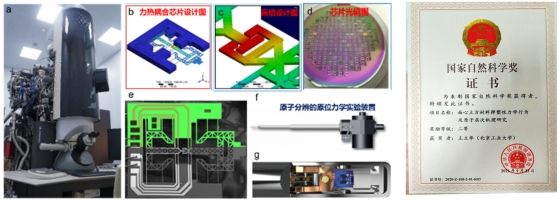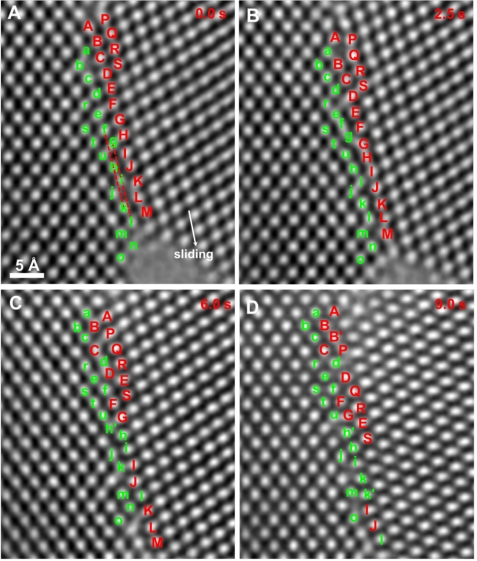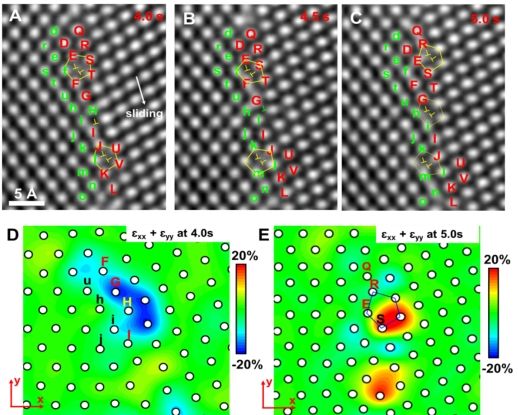Over the past twenty years, Prof. Han Xiaodong's team has been conducting research on major scientific issues in fields such as the mechanical behavior of materials and associated atomic-level mechanisms. The team developed serials of original methods, which enable revealed the atomic-scale mechanical mechanisms of materials in situ. Such methods increasing the spatial resolution ofin situcharacterization technology from the nanometer to the atomic level. The team has opened up anew field of experimental dynamics research concerned with the mechanical behaviors of materials at high temperatures, at the atomic level. Such research has been applied to studying key materials such as nickel-based single crystal superalloys used for aircraft engine blades, previously a "research bottleneck", and a series of important research results have been obtained.
In 2021, the team's results "Research on the Elastoplastic Mechanical Behavior and Mechanism of FCC Materials at the atomic level" won the second prize in the National Natural Science Awards. In 2022, as the first author's affiliation, the team published their research results on the atomic mechanism of grain boundary slip in the prestigious international journal Science, achieving a major breakthrough for the University.

In situ device and the figure of National Natural Science Awards. This state of art device enable capture the atomic-scale dynamic process of materials during deformation at various temperature.

Magnified Cs-TEM images captured at 0 s, 2.5 s, 6.0 s and 9.0 s. At 0 s, atom-columns on the face of grain GL are marked by green lower-case letters, while atom-columns on the face of grain GRby red upper-case letters. At 9 s, the constituent atom-columns were transferred into the first {111} layer on the GRface, such that they were mixed with atom-columns therein.

(A-C) Movement of the top GB Lomer lock into the face of grain GR. Meanwhile, a new GB Lomer lock with a pentagon core unitformed in (C). (D, E) Contour map of in-plane atomic volume strains εxx+εyyat 4 s and 5 s, respectively.

Prof. Han Xiaodong (second from left), CAS Member Zhang Ze (middle), Prof. Wang Lihua (first from right), Prof. Zhang Yuefei (second from right), Prof. Zheng Kun (first from left)




